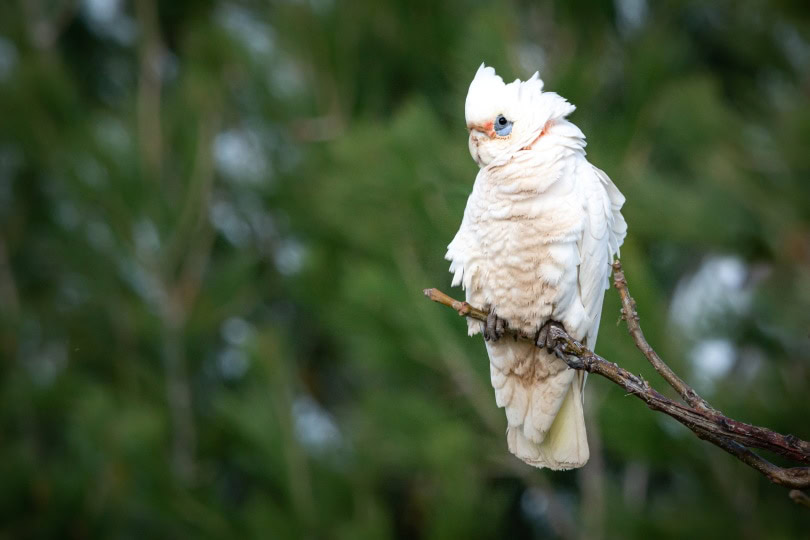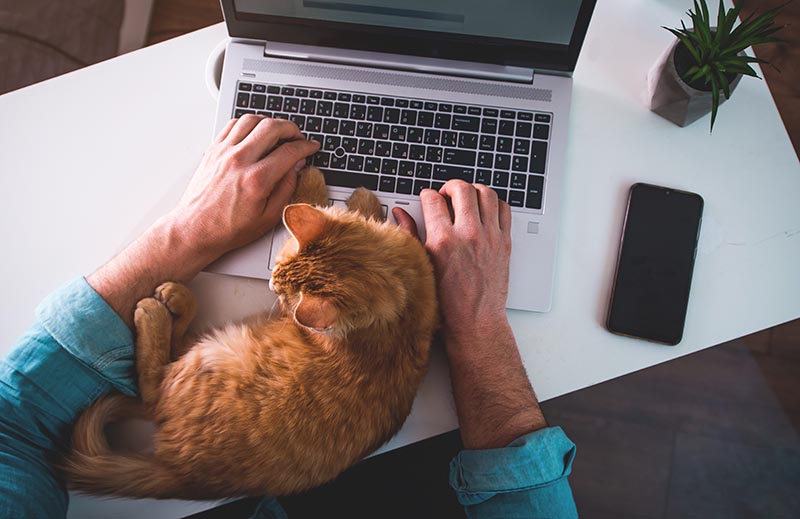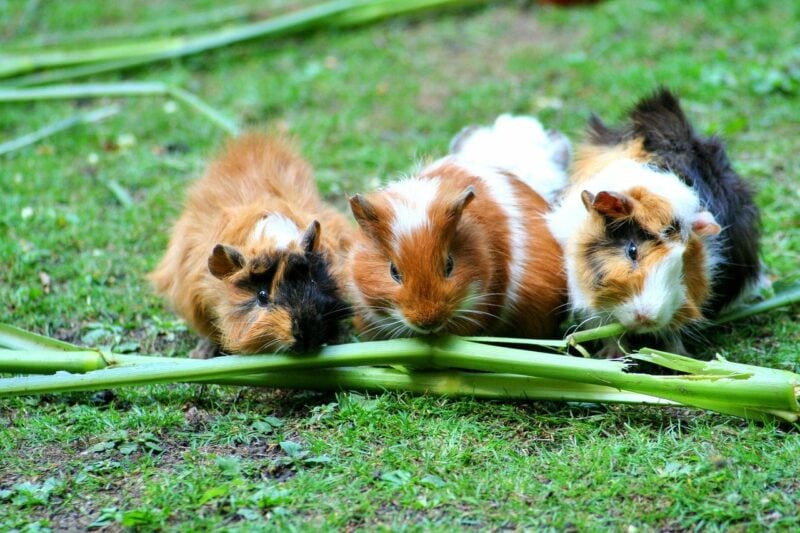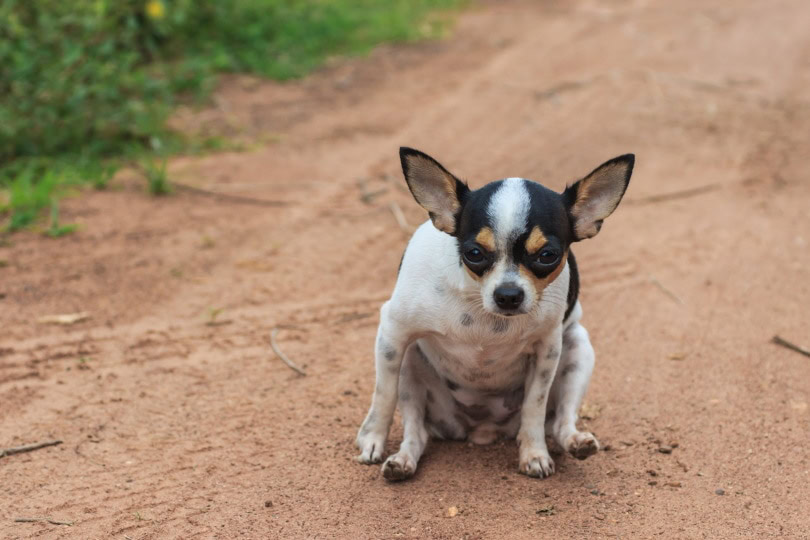VET APPROVED

The information is current and up-to-date in accordance with the latest veterinarian research.
Learn more »Click to Skip Ahead
It’s fascinating the extent to which your cockatoo can read and understand your facial expressions and body language. This bird will learn to communicate with you through their actions, behavior, and sounds. However, not many owners learn enough about their birds’ body language and understand what they are trying to communicate.
We all understand that communication is essential in human relationships, and it is no different with your cockatoo. If you learn to read your bird’s body language, you can tell when it’s happy, sick, hungry, or frightened.
While the actions of one cockatoo may not necessarily mimic the message of all other cockatoos, there are similarities in meaning for various behaviors. If your feathered friend exhibits any of the following behaviors, try to deduce the meaning and respond accordingly.

Beak and Eye Expressions
Eyes Dilating, Pupils Flashing
Flashing can be a sign of excitement, pleasure, nervousness, or aggression. If you observe this, pay close attention to any other behavior accompanying it to help identify the message correctly. For example, if your bird friend exhibits flashing accompanied by aggressive behavior like tail fanning, it’s telling you to “Back off!”
At this point, if you go ahead and attempt to touch it, it may bite you. It may also act this way in response to an animal, another bird, or a human it dislikes.
Beak Clicking
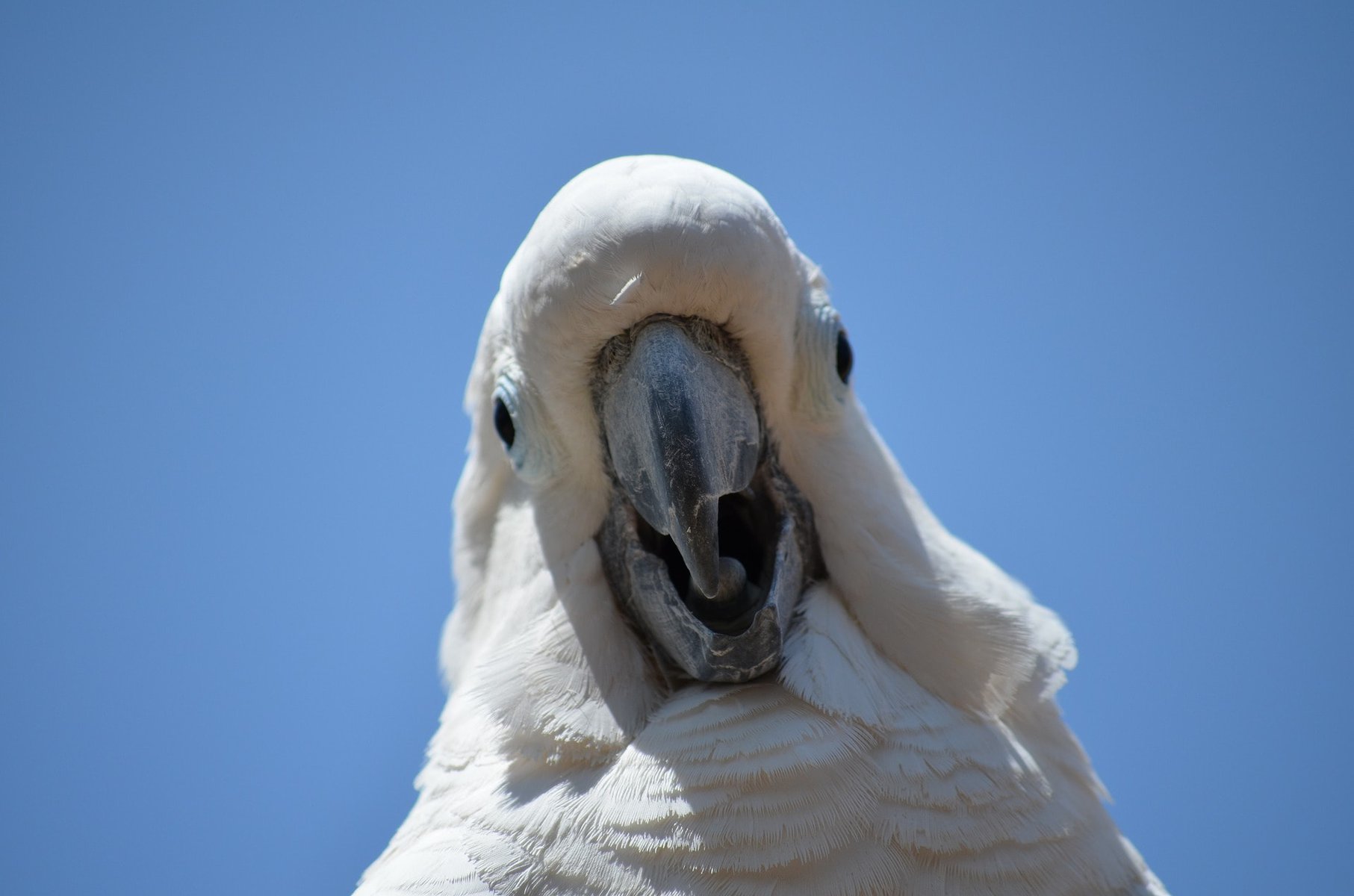
Your cockatoo may produce a sharp, consistent click sound if it feels threatened or when protecting a space or an object. Sometimes, this behavior is accompanied by foot raising and neck stretching. It is a sign that your feathered friend is trying to defend a possession or a territory against an intruder. If you continue to touch its object or intrude further, you may get a nasty bite.
Another scenario when you might see this behavior is if your cockatoo is sexually aroused. If this happens you need to reconsider what you are doing and change it. A bird can get aroused with improper handling and petting and this is not a natural desired behavior to present in anything else than another cockatoo.
Beak Grinding
This sound is similar to that of a child grinding teeth when sleeping. It comes from scraping the upper mandible against the lower mandible. It usually indicates that your cockatoo is feeling content and secure. You will often notice the sound when your bird gets ready to sleep or sometimes during sleep.
Beak Wiping
There are several different reasons for this activity. For instance, if your bird does this in the presence of another bird, it is usually a way of communicating to the bird that it is encroaching on personal space. If the bird is stressed it may be a displacement or it may even be a precursor to aggression.
If the bird does it when alone, it indicates one or two things. Either the bird is trying to remove something stuck on their beak, or they may be trying to give their beak some maintenance, removing the outer layers of keratin.
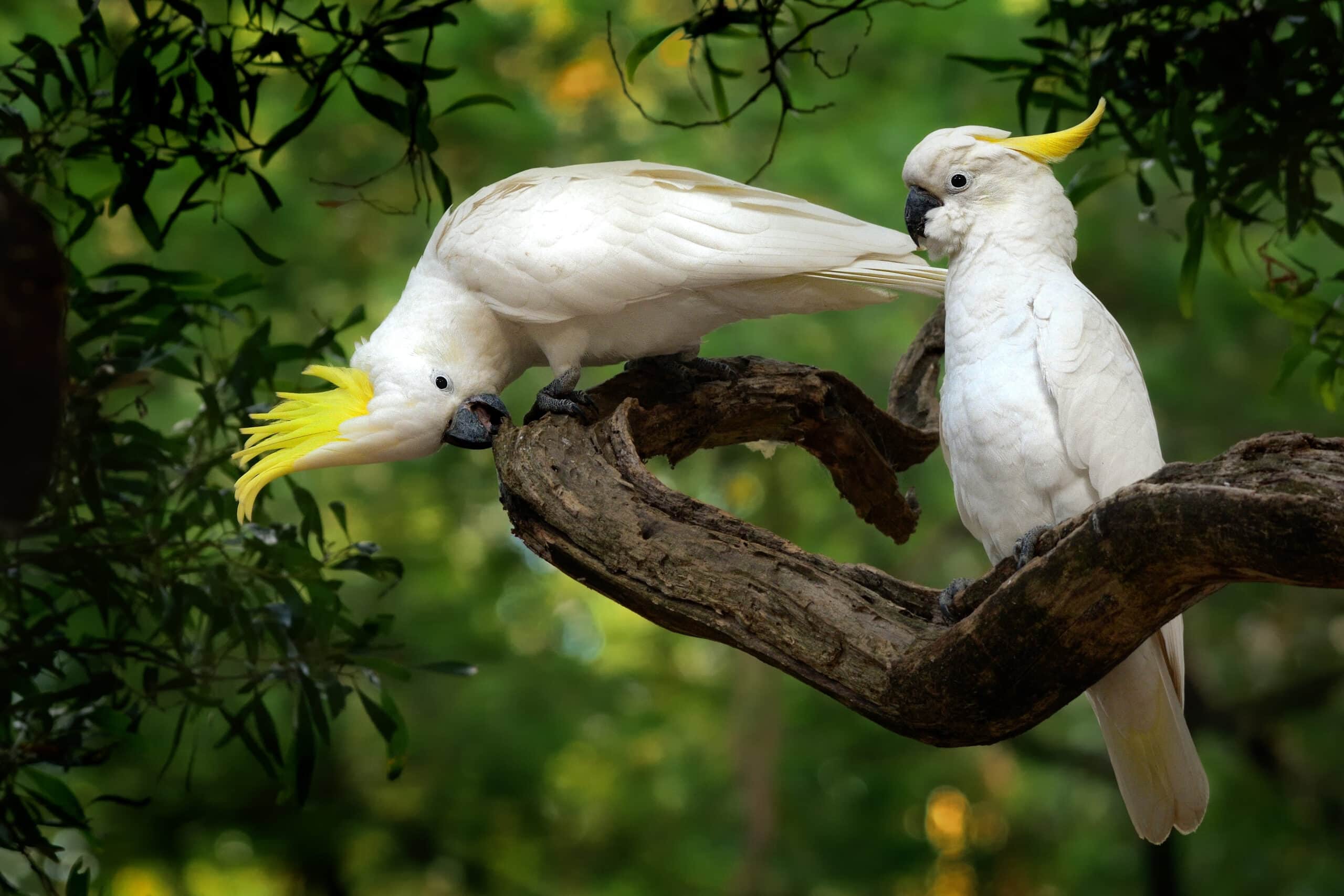

Health-Related Behaviors
Panting
When your bird pants, it means that it is uncomfortable, overexerted, or overheated. If your cockatoo is not used to flying or has just regrown its flight feathers, it will often do this when flying for the first time. If you notice your bird panting yet it has been flying, ensure that its cage is not in direct sunlight. Your cockatoo cage needs to be in a well-ventilated area with proper temperature. Also, ensure that it has plenty of fresh drinking water at all times.
If your bird does not stop this behavior this is a warning signal of respiratory distress, your bird needs to visit the veterinarian immediately.
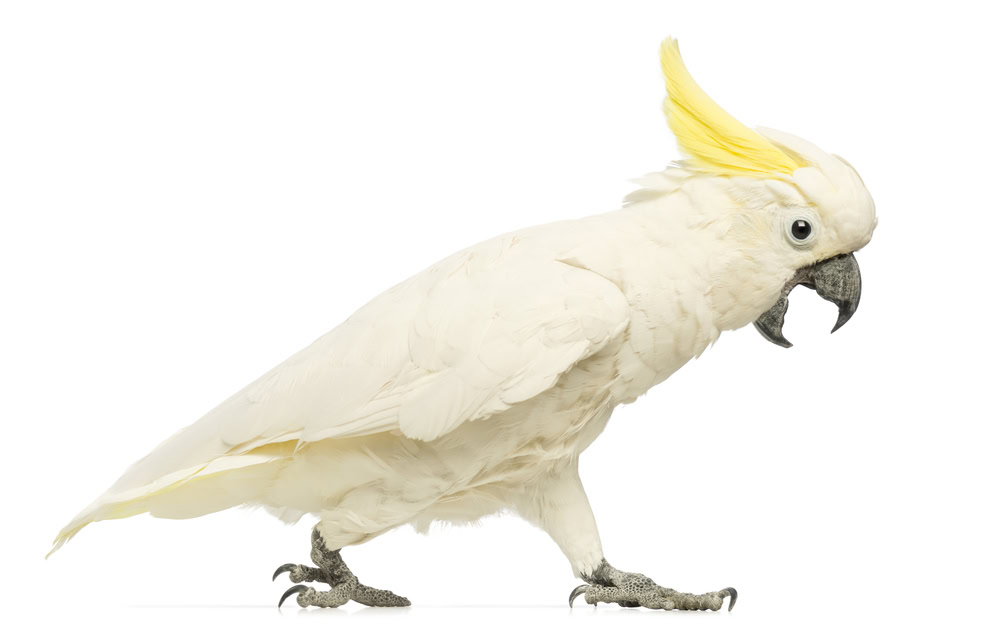
Regurgitating
When your bird does this to you, it means that it has chosen you as its mate and is trying to feed you. This is not a desirable behavior to perform towards a human, consider getting a pair. Birds also perform this in the presence of a favorite object or toy. To another bird, it means that the two are bonding and showing affection by feeding each other.
Regurgitating involves bobbing the head up and down to pick food and place it into the other bird’s mouth. It is similar to how parent birds feed their chicks.
Sneezing
Your cockatoo sneezes for similar reasons as you: small bugs, dust, or irritation from feathers that go up the nasal cavity. Sometimes, they may sneeze when you positively reinforce the behavior. However, if they produce nasal discharge after sneezing, they are sick, and you should take them to an avian vet.
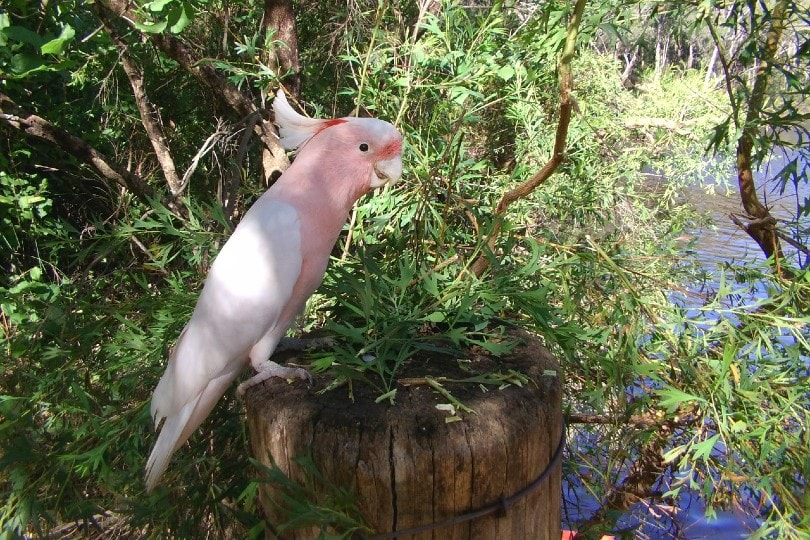
Head Snaking
You may notice this behavior when your bird moves its head from side to side in a fluid movement or like some sort of “snaking.” It may indicate a need for attention or excitement. It may also be a sign that the bird is about to vomit and is trying to shake off food from its mouth.
Tail Bobbing
When your bird bobs its tail, it does not necessarily mean that it is sick. Some cockatoos may do this when singing or talking. However, if your bird does this only when inhaling or exhaling, it may be a sign of respiratory effort; your cockatoo could be sick.
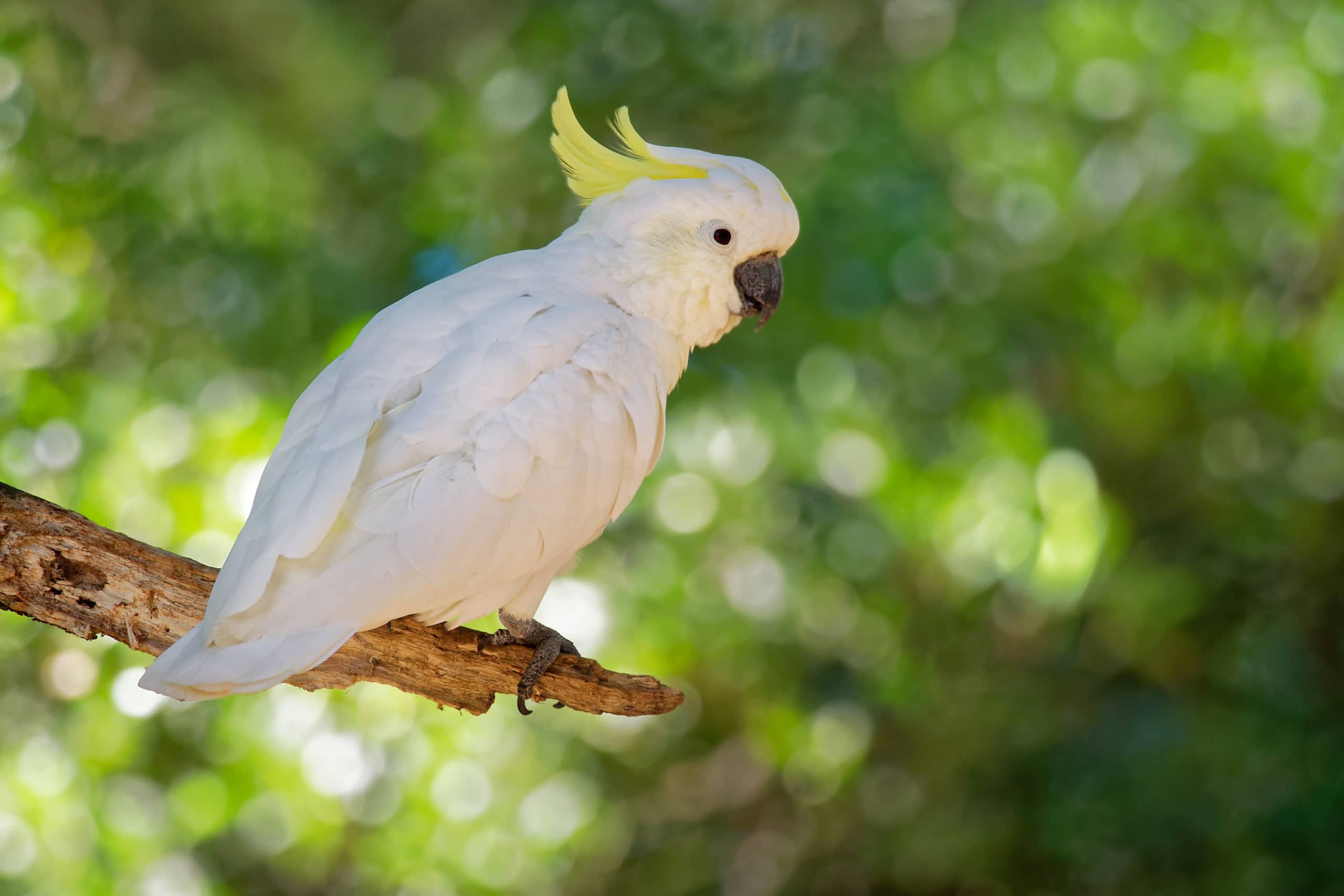
Wing Drooping
This behavior is common in younger birds that have yet to learn how to hold and tuck in their wings. It is also normal for birds to drop their wings as they dry after being bathed. If both situations are not the case, your bird may be trying to cool itself due to overheating. If your bird drops its wings and sits down at the bottom of the cage, it usually indicates sickness. Please get the bird checked by your vet as soon as possible.

Expressing Moods
Crouch Stance
When a cockatoo crouches its head down, flares its tail feathers, dilates its pupil, and ruffles its body feathers, it is one angry bird! Refrain from approaching it. It is simply telling you that it is big, mad, and mean, and if you touch it, you will be bitten.
Craning the Neck
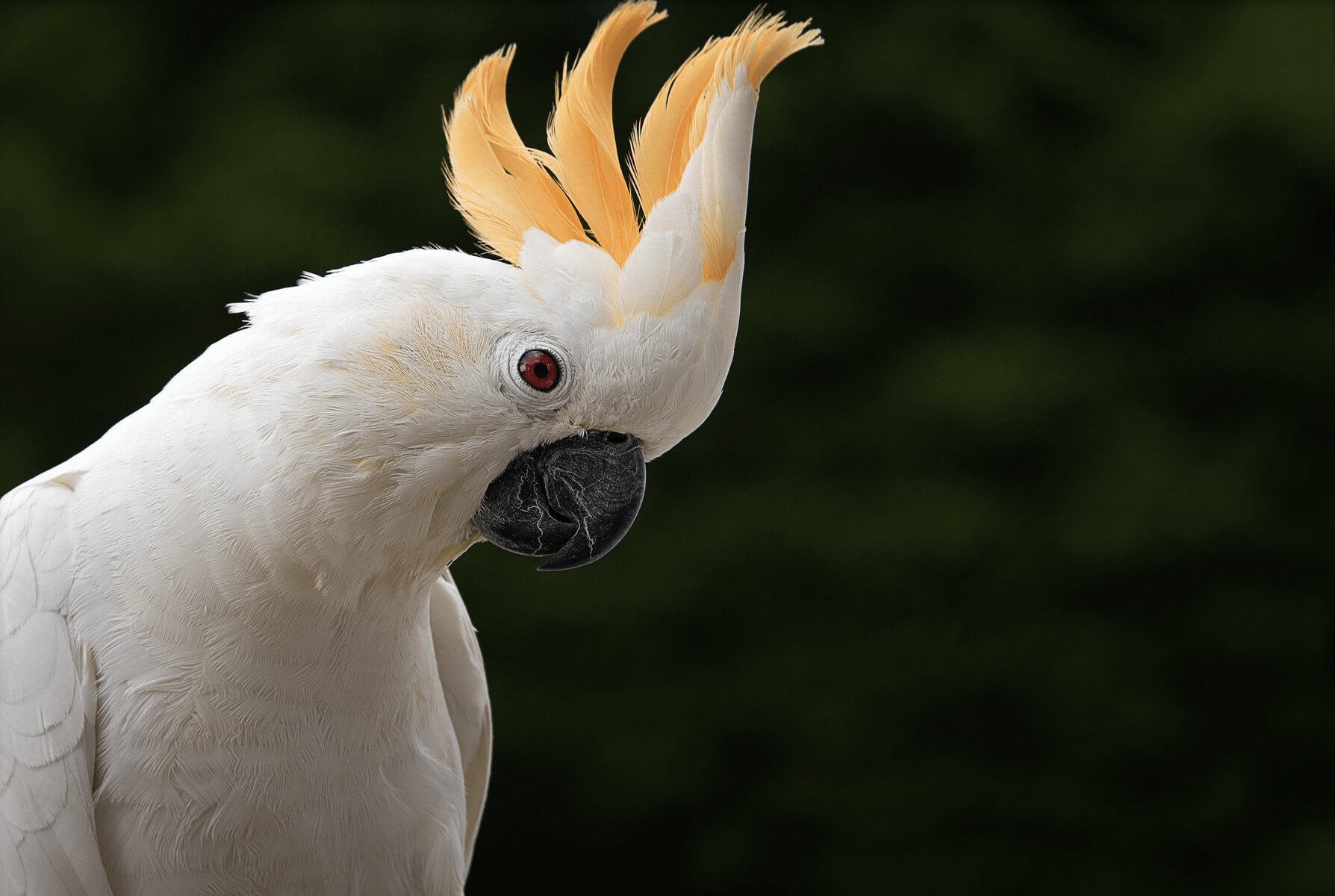
This behavior occurs when your bird is trying to see the activity happening around it. When this happens, the bird holds its body very still, and the eyes widen.
Beak Fencing/ Jousting
Some birds’ beak fences and jousts due to sexuality, while others do the same as a form of play. When playing, the birds pretend to attack one another by grabbing each other’s beaks.
It is usually a form of play and an excellent exercise for birds. When your cockatoos are at it, they appear to have a great deal of fun, and it often ends with mutual preening with no injuries.

Marching
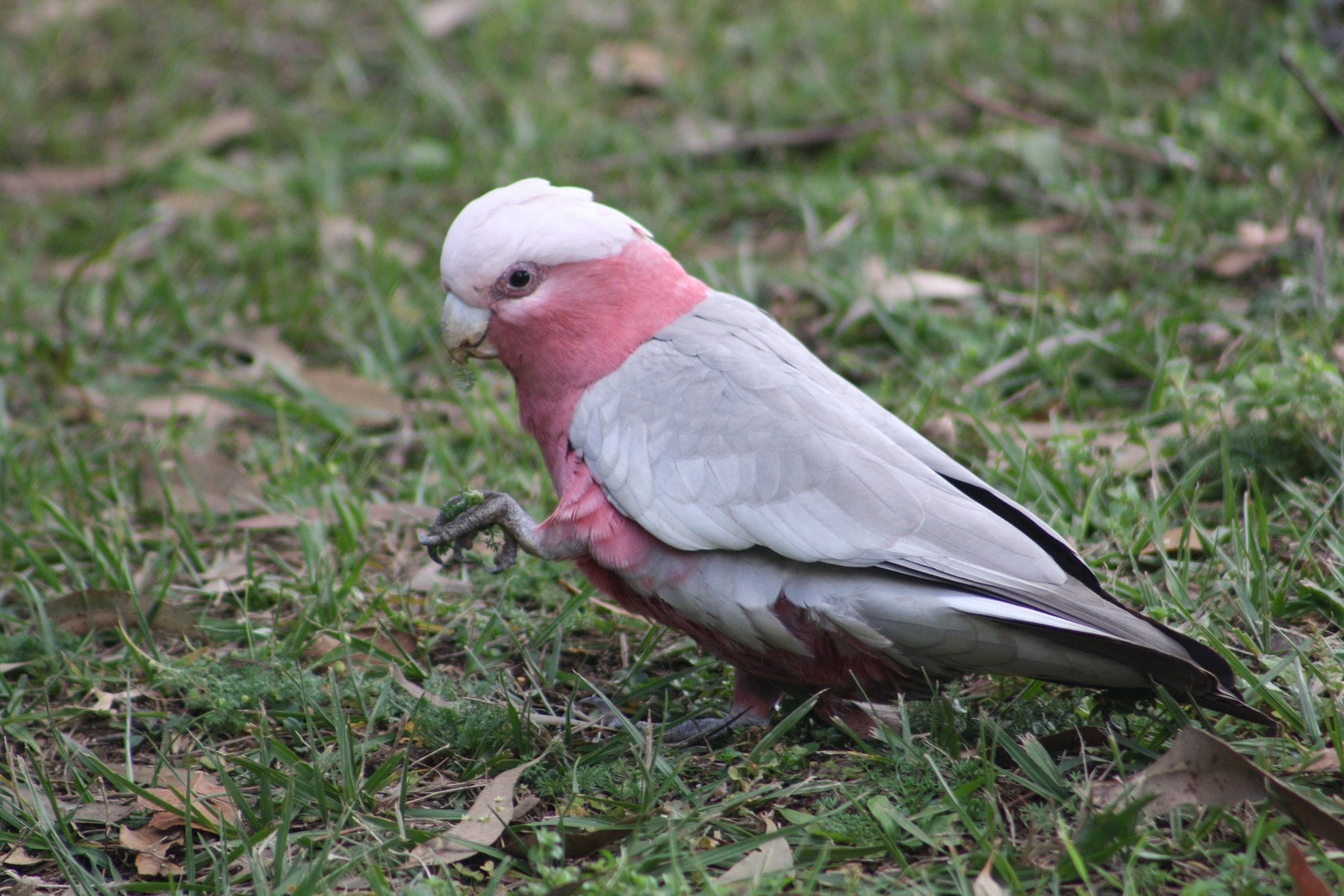
When your cockatoo marches toward you or another bird with their head down, it could be a sign of aggressive behavior. The bird is trying to frighten you or the other bird. When they march with their head up, it denotes acknowledging your presence or that of another bird.
Tail Wagging
The behavior consists of quickly wagging the tail. Generally, this indicates happiness and contentment, especially at the sight of a favorite person or during an enjoyable activity.
“Display” Behavior or “Show Off’
The behavior happens when your cockatoo ruffles its head feathers, extends its wings, fans its tail, and walks in a very distinct strutting manner. Sometimes, the behavior is accompanied by loud vocalization, head bobbing, and pupil dilation. Your cockatoo may also throw its chest feathers up in a show-off display.
This behavior indicates that your bird is trying to show off, either to attract a mate or show its territory. At this point, do not try to handle it; otherwise, it may bite you.
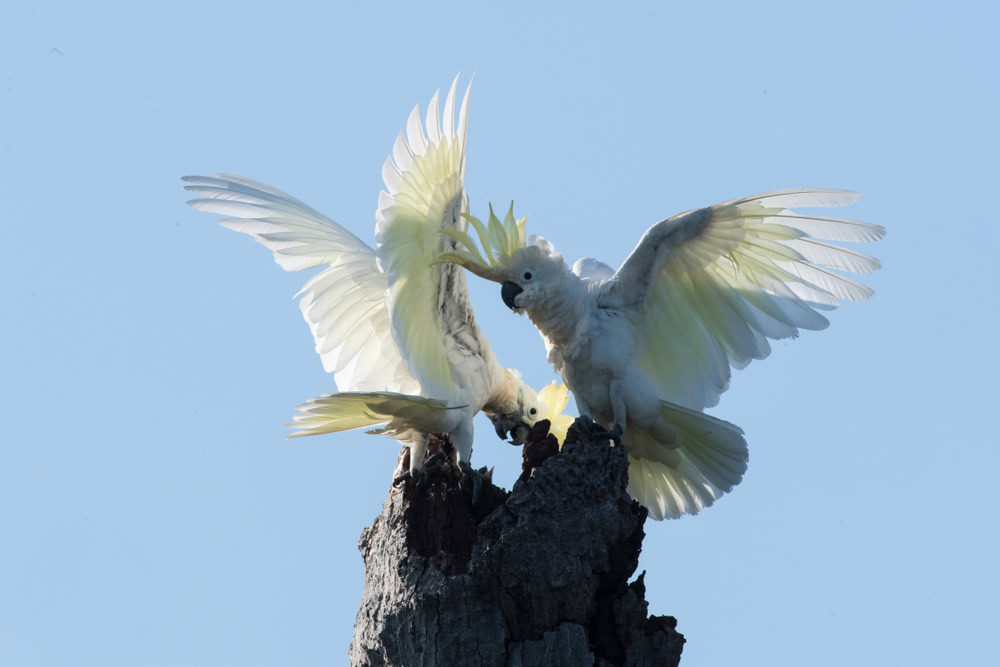
Wing Drumming
Wing drumming is a form of exercise. It mostly happens when you release the bird from the cage after a long time, particularly in the morning. After you take it out, it may stand on top of it and drum its wings together.

Final Thoughts
As with all animals, there is a lot that is going on with your bird. Some are simple to understand, while others are complex to figure out. However, if you take the time to learn these signs, you will make life easier for you and your bird friend.
Featured Image Credit: Steven Giles, Shutterstock
